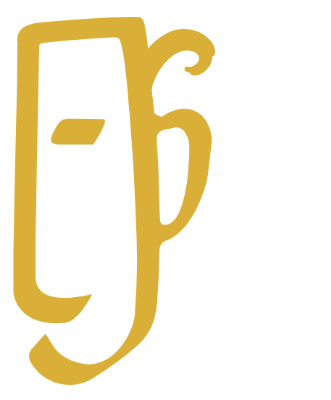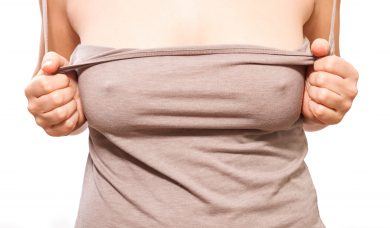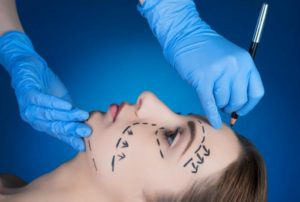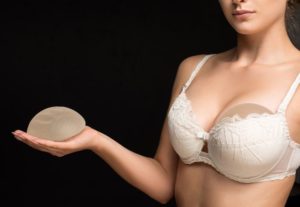Inverted Nipples: Causes, Grading, and Expert Treatment Options
Inverted nipples are more common than many people realise — affecting up to 10–20% of women to varying degrees. For some, it’s a purely cosmetic concern, while for others, it can affect self-esteem, breastfeeding, or be a sign of an underlying issue.
If you’re considering treatment, this guide will help you understand the condition in depth, when to seek help, and how specialist correction by a skilled plastic surgeon like Dr. Ali Soueid can restore both function and confidence.
What Are Inverted Nipples?
An inverted nipple retracts inward into the breast rather than pointing outward. This occurs when the fibrous bands or shortened milk ducts tether the nipple internally, preventing it from naturally projecting.
In some women, inversion is present from puberty (congenital), while in others it develops later in life (acquired), which may signal a medical concern.
Causes of Inverted Nipples
1. Congenital Inversion
Most cases are benign and congenital, due to naturally short or tight ducts that pull the nipple inward. This is often present from adolescence and affects one or both nipples.
2. Acquired Inversion
In some cases, inversion develops later in life, which requires a more thorough investigation. Possible causes include:
-
- Breastfeeding trauma
-
- Inflammation or infection (e.g. duct ectasia or mastitis)
-
- Scarring from surgery or injury
-
- Breast cancer (especially if inversion is sudden and affects only one nipple)
Important: Sudden or new nipple inversion, especially in one breast only, should always be evaluated to exclude breast cancer. Dr. Soueid collaborates with breast radiologists and specialists to ensure appropriate diagnostic imaging when needed.
Grading of Inverted Nipples
Inverted nipples are graded by severity, which helps determine the best treatment approach:
| Grade | Description | Projection? | Breastfeeding possible? |
|---|---|---|---|
| Grade 1 | Mild tethering, nipple can be pulled out easily and stays out | Yes | Usually yes |
| Grade 2 | Moderate inversion, nipple can be pulled out but retracts | Briefly | Often difficult |
| Grade 3 | Severe inversion, nipple cannot be pulled out at all | No | Rarely possible |
Can Inverted Nipples Be Treated Without Surgery?
In Grade 1 cases, non-surgical methods like nipple suction devices (e.g. Niplette) may offer some benefit — especially for temporary correction during breastfeeding.
However, moderate to severe cases (Grades 2–3) usually require a surgical solution for lasting results.
Surgical Correction of Inverted Nipples: Dr. Ali Soueid’s Expertise
As a consultant plastic surgeon with experience in delicate nipple and breast surgery, Dr. Ali Soueid performs inverted nipple correction using refined techniques designed to release internal tethering without compromising the nipple’s blood supply or sensitivity.
Key features of Dr. Soueid’s surgical approach:
-
- Minimally invasive technique under local anaesthetic (in most cases)
-
- Microsurgical precision to preserve ducts when possible
-
- Optional duct-sparing technique for future breastfeeding (case dependent)
-
- Hidden scar placement within the nipple base
-
- Same-day procedure with minimal downtime
-
- Symmetry correction for both unilateral and bilateral cases
Where needed, surgery can be combined with other aesthetic procedures such as breast augmentation, mastopexy (breast lift), or implant revision — a common scenario in post-pregnancy or revision patients.
What Is Recovery Like?
-
- The procedure typically takes 30–45 minutes per side.
-
- Most patients return to normal activities within 24–48 hours.
-
- A small protective dressing is worn over the nipple for about 1 week.
-
- Sutures (if non-dissolving) are removed after 7–10 days.
-
- Final shape stabilises over 6–8 weeks, with minimal scarring.
Risks and Considerations
While the surgery is low-risk when performed by an experienced plastic surgeon, patients should be aware of:
-
- Mild swelling or bruising
-
- Possible recurrence in some cases (rare with proper release)
-
- Loss of ability to breastfeed (if ducts are divided)
-
- Temporary or permanent changes in nipple sensation
During consultation, Dr. Soueid provides a full risk-benefit assessment based on your anatomy, goals, and lifestyle.
Inverted Nipple Surgery Before and After
Frequently Asked Questions
Is inverted nipple surgery painful?
Most patients experience only mild discomfort managed easily with paracetamol or ibuprofen.
Can I still breastfeed after surgery?
If ducts are preserved, yes — but this depends on the grade of inversion and your goals. Dr. Soueid discusses all options during your consultation.
Will the correction last?
Yes. Once the tethering bands are released and the nipple is properly supported, recurrence is rare — especially with Grade 2–3 correction.
Can I have this done at the same time as another breast procedure?
Absolutely. Inverted nipple correction is often combined with breast augmentation, implant exchange, or mastopexy for complete aesthetic refinement.
Book a Consultation With Dr. Ali Soueid
If you’re concerned about inverted nipples, whether for cosmetic, emotional, or functional reasons, expert help is available. Dr. Soueid offers confidential, compassionate consultations in London, Doha, Dubai, and Beirut.
Book your consultation today and explore safe, natural-looking correction with a surgeon known for precision and care.





